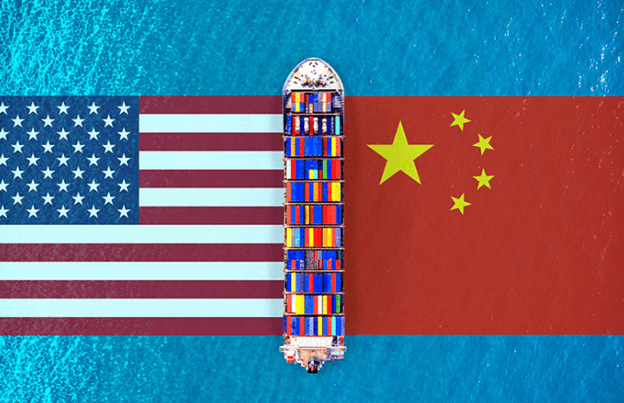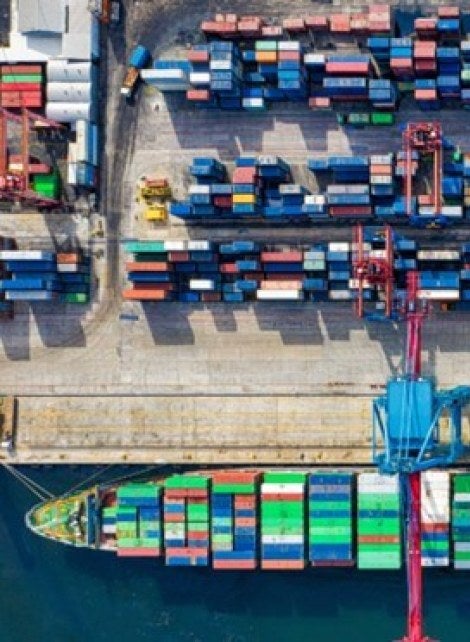LIM taught me my most valuable lesson in fashion: creativity fuels ideas, but commerce turns them into reality. I carry that balance with me in all decisions I make. I currently lead Supply Chain Planning for a global watch company responsible for buying finished goods inventory across multiple regions.

My job is to ensure the right product is in the right place, at the right time, at the right cost. Lately, that’s been easier said than done.
The Tariff Impact
In recent months, the U.S. has implemented increased tariffs on goods from several countries, including many of the regions where watches are produced. For those of us in planning, that single policy change has a massive ripple effect.
A shift in tariff rates means changes to landed cost, pricing strategies, margin expectations, and even where we source from. Overnight, what used to be a predictable calendar of buys and shipments becomes a chess game of timing, cost exposure, and risk management.

In fashion, every detail matters. And when costs rise unexpectedly, you have to make tough calls. Do you buy early to beat the tariff? Do you delay shipments to reassess? How do you protect the brand’s pricing architecture while balancing profitability? That’s when supply chain planning becomes less about process … and more about problem solving.
If I’ve learned one lesson through this turbulence: flexibility is a supply chain leader’s greatest asset.
Here’s what that looks like in practice:
- Scenario planning: We don’t just build one buy plan anymore. We model three or four—each tied to different tariff outcomes or sourcing strategies.
- Cross-functional collaboration: I partner closely with finance, sourcing, and logistics daily. Understanding the full business impact beyond my own function has become essential.
- Decisive leadership: In a world where information changes by the hour, you’ll never have all the answers. But you still have to make the call. Progress beats perfection every time.
For LIM students preparing to enter the industry, here’s my most powerful career advice: The most successful professionals are the ones who stay adaptable when things don’t go as planned.
Technical challenges are one thing—but leading a team through them is another. My team is made up of planners who thrive on structure and accuracy. When external forces disrupt that stability, my role shifts from decision-maker to stabilizer.
How I Lead
- Transparency: I explain the “why” behind every change, so my team feels part of the solution and not just subject to it.
- Empowerment: I encourage them to think proactively—to come up with ideas, not just problems.
- Calm confidence: In uncertainty, your tone as a leader sets the temperature for the entire team.
These lessons are universal—whether you’re managing a supply chain team, a buying office, or a creative team.
As disruptive as these tariffs have been, they’ve also sparked innovation. We’re rethinking sourcing strategies, diversifying our supply base, and using data in smarter ways. In short, this chaos has accelerated evolution.
That’s the hidden truth about the fashion industry and business alike: change drives growth.
For students stepping into this field, remember that the industry doesn’t reward those who avoid change; it rewards those who adapt fastest.




